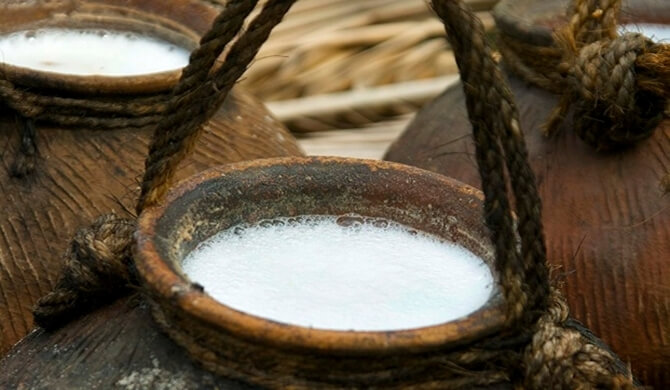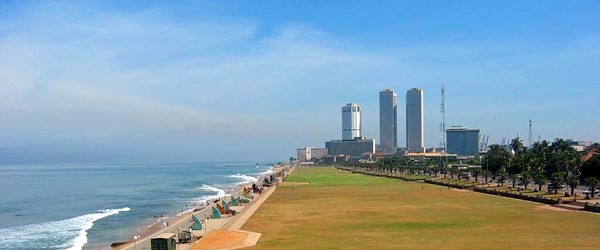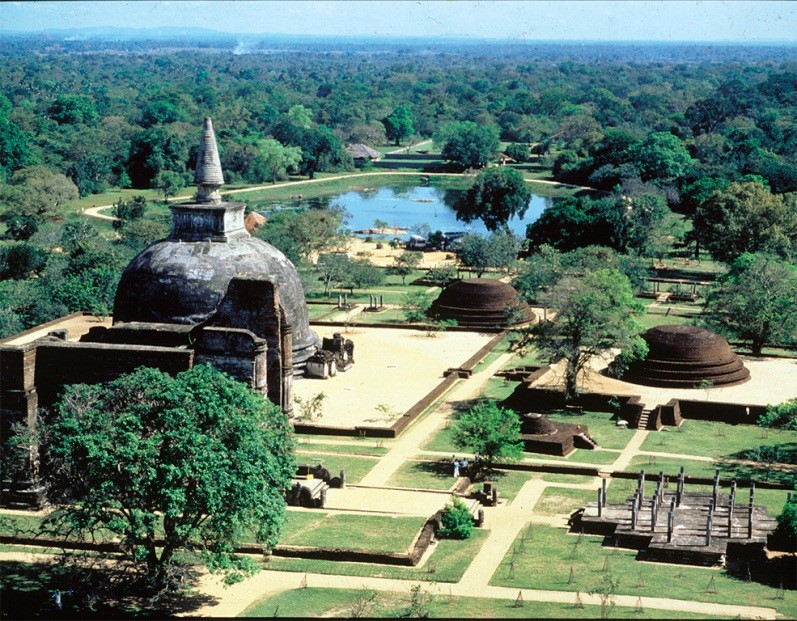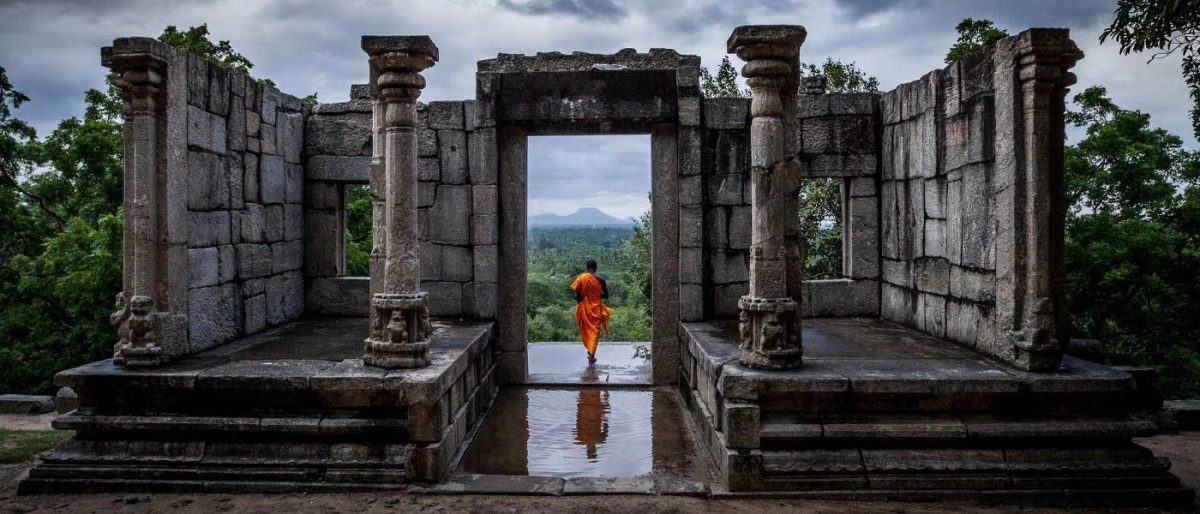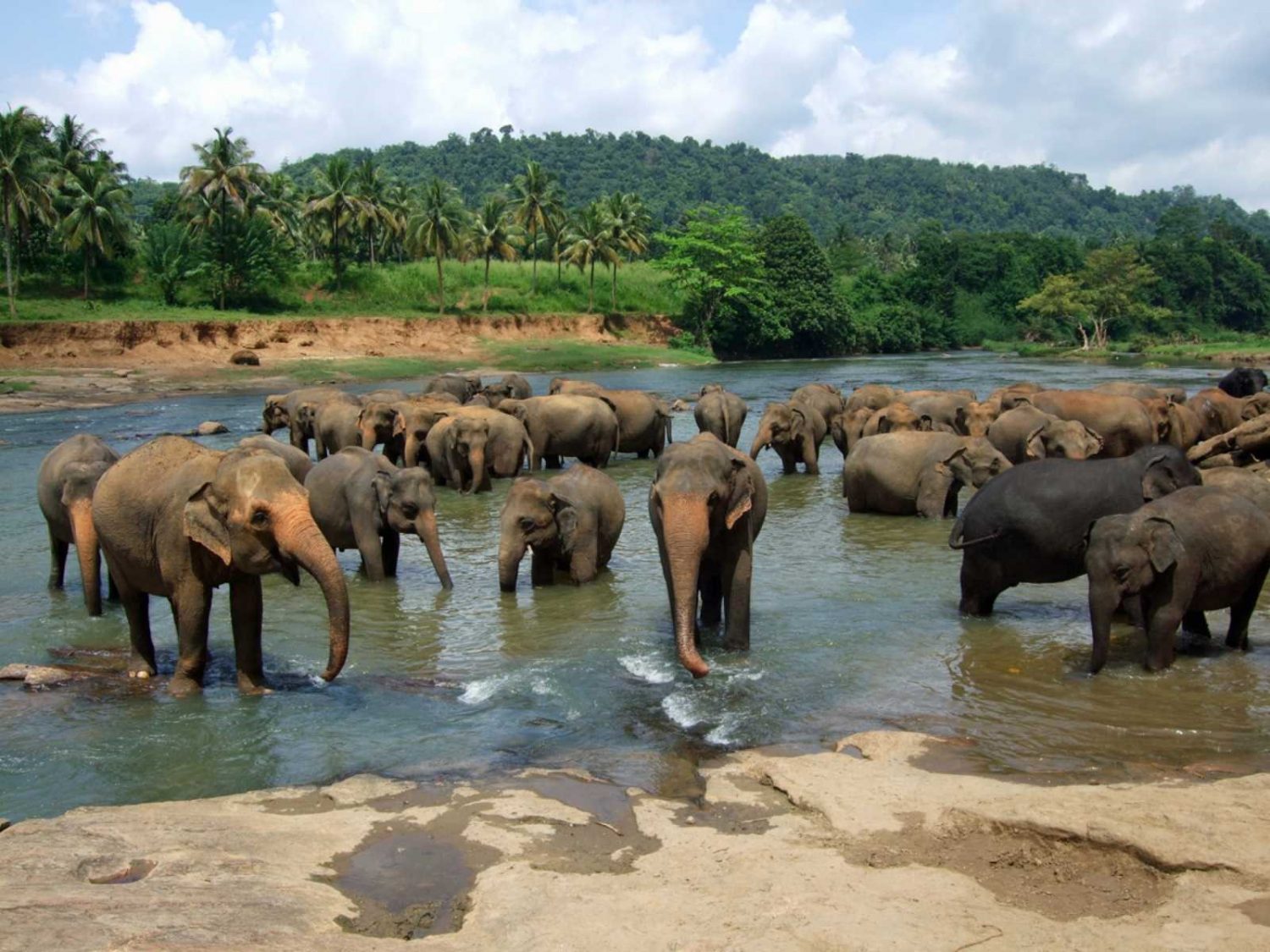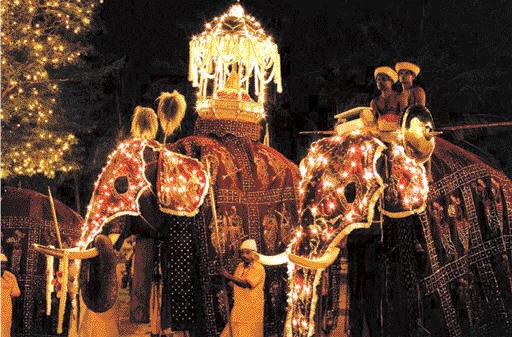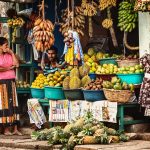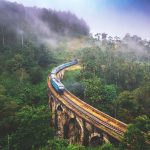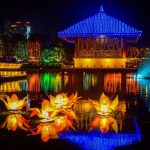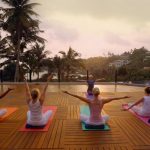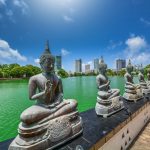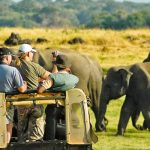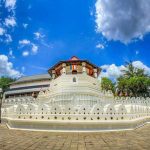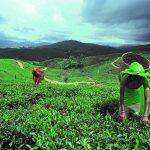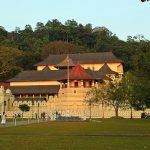When you’re ready to escape the tropical climate of the coast and lowlands, head for the hills, with their temperate, achingly green charms. Verdant tea plantations and rainforested peaks beckon walkers, trekkers and those who just want to see them from a spectacular train ride.
And then there are the beaches. Dazzlingly white and often untrodden, they ring the island so that no matter where you go, you’ll be near a sandy gem. Should you beat the inevitable languor, you can surf and dive world-class sites without world-class crowds. And you’re always just a short hop from something utterly new.
Tap on the photo below to watch more adventures about Sri Lanka:
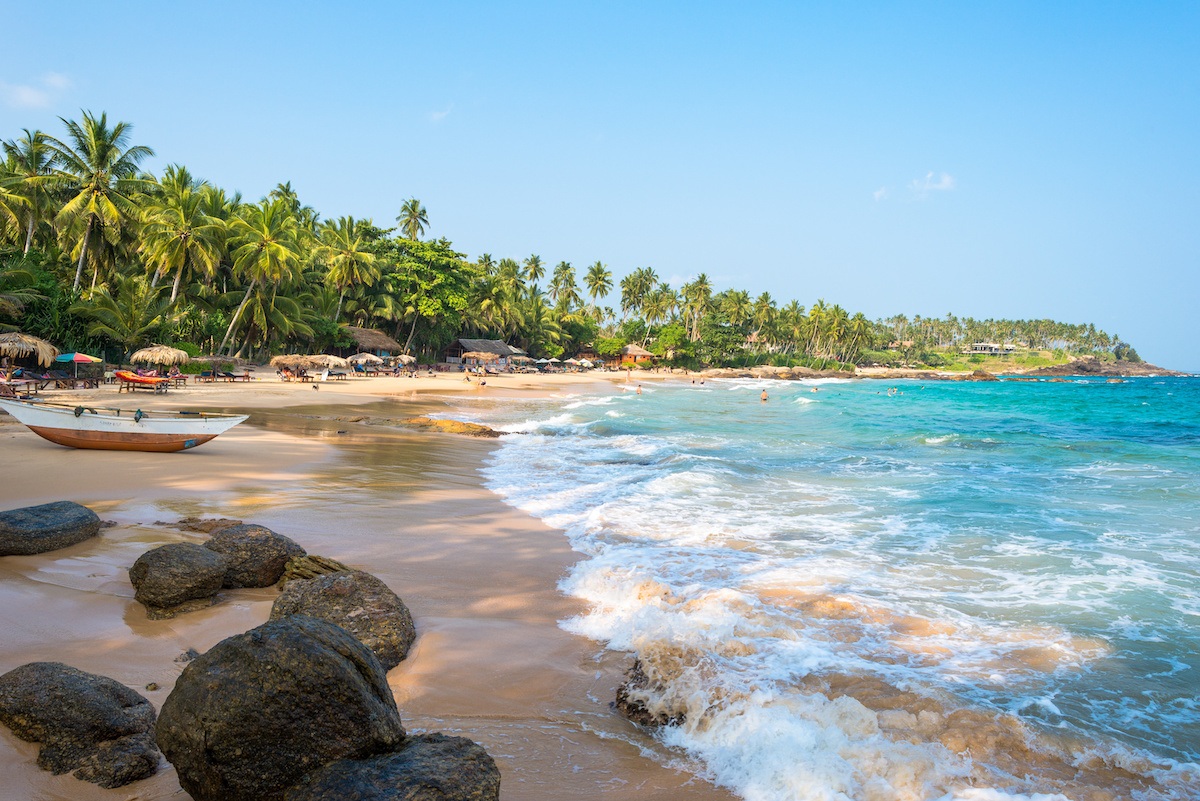
Eating and Drinking
Combining intricate flavours, incredibly fresh produce and a culinary heritage that blends indigenous and extraneous influences, Sri Lanka is perhaps the original Spice Island. Eating out here is a delight, whether it’s tucking into an authentic roadside rice and curry or enjoying surf-fresh seafood from an oceanfront restaurant table. You’ll also find Western and other Asian (Chinese, Thai and Japanese) dishes available in the most popular resorts.
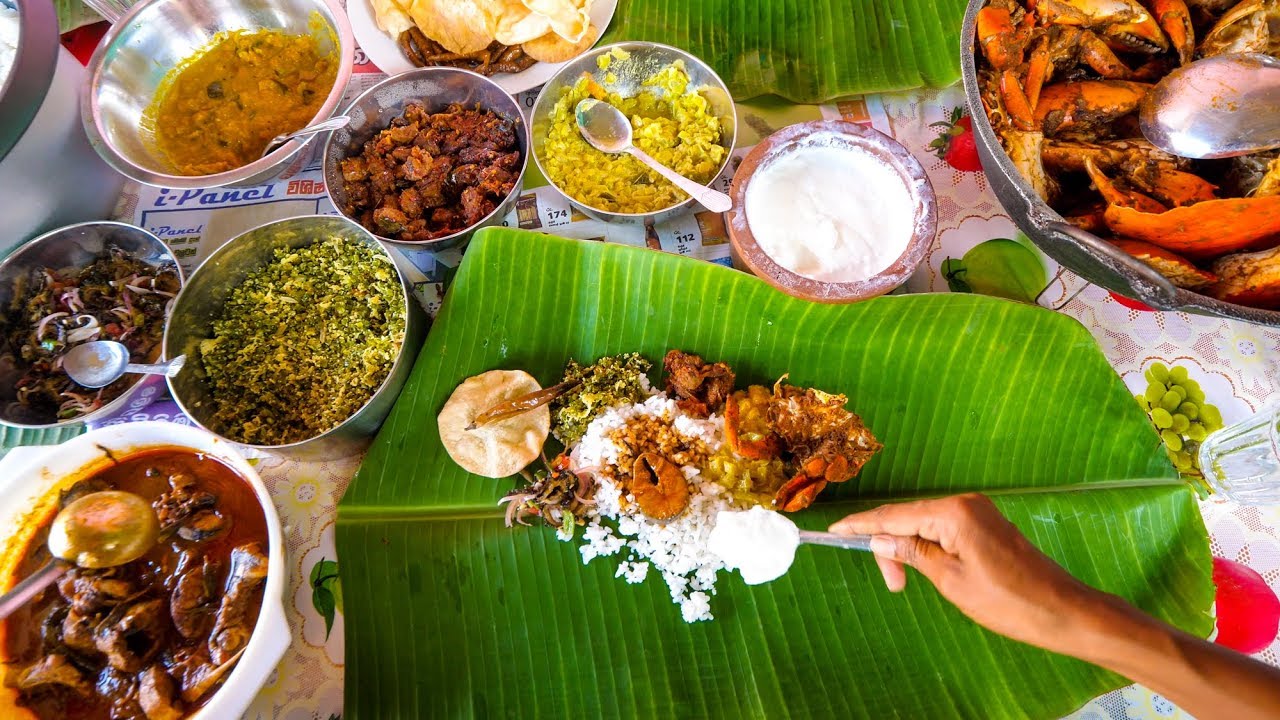
Rice is the staple of Sri Lankan cuisine and the national dish (rice and curry) and rice flour is also a basis for some unique foods. Many Sri Lankans are vegetarian, so meat-free eating is easy and vegetables are plentiful. Coconut is also added to most dishes. ‘Devilled dishes’ are any type of meat or fish cooked in a spicy, sweet-and-sour-style sauce with onion and peppers.
Compared with most Asian countries, Sri Lanka is quite unusual in that most locals prefer to eat at home. Things are different in beach resorts and the capital, but in many towns there are actually very few restaurants, or even street-food stalls.
Rice and Curry: the national dish
The national dish, Sri Lankan rice and curry is a complex, intricately spiced array of individual vegetable (and often meat and fish) dishes, served with rice. Chutneys and sambol (a condiment made from ingredients pounded with chilli) add heat and additional flavour. Poppadoms are usually present too.
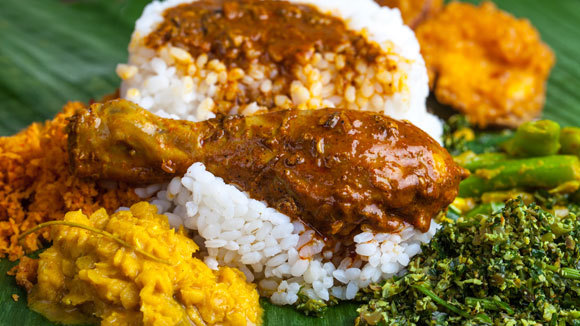
Virtually all Sri Lankan curries are based on coconut milk and a blend of spices: chilli, turmeric, cinnamon, cardamom, coriander, rampe (pandanus leaves), curry leaves, mustard and tamarind. Dried fish is also frequently used to season dishes.
As you’re travelling around the country, you’re likely to pull over at many a local restaurant for a rice and curry feed. Some of the best places are simple family owned roadside restaurants with a selection of around five to 10 individual dishes (mainly vegetarian but there’s usually a meat or fish option too).
Many restaurants only serve rice and curry at lunchtime. Guesthouses will often prepare it for dinner but you’ll need to order it early in the day and leave the cooks to work their magic.
Click on the image below to discover more flavours from Sri Lanka:
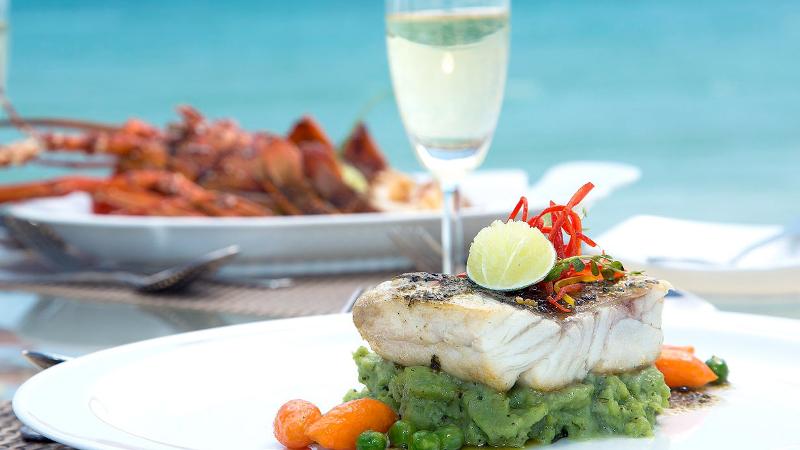
When to Eat
Sri Lankans generally eat three meals a day. Interestingly the type of food consumed at each meal is quite distinct, so you usually won’t find lunch foods (like rice and curry) available at dinner time.
Breakfast A typical local breakfast might take place around sunrise and consist of hoppers and some fruit. Milky tea is usually taken with breakfast; in the cities some favour coffee. In hotels and guesthouses popular with tourists, Western-style breakfasts are almost always available.
Lunch Eaten between midday and 2.30pm. Rice and curry, the definitive Sri Lankan meal, is an essential experience that simply can’t be missed – it can be quite a banquet or a simple pit stop depending on the place.
Dinner Usually eaten between 7pm and 9pm. If you really don’t fancy a hot curry for dinner you’ll find seafood and fish usually very lightly spiced, and fried rice is mild.
Sri Lanka’s heat means that refreshing beverages are an important – if not vital – part of the day’s consumption.
Drinks
Tea & Coffee
Tea with spoonfuls of sugar and hot milk is the locally preferred way to drink the indigenous hot drink. If you don’t have a sweet tooth, be very assertive about lowering the sugar dose.
Coffee, while not traditionally favoured, is now literally a hot commodity in Colombo and areas popular with tourists. Cafes with espresso machines are catching on, though are not that widespread as yet. Out in the sticks be prepared for instant, or something fresh-ish that tastes like instant.
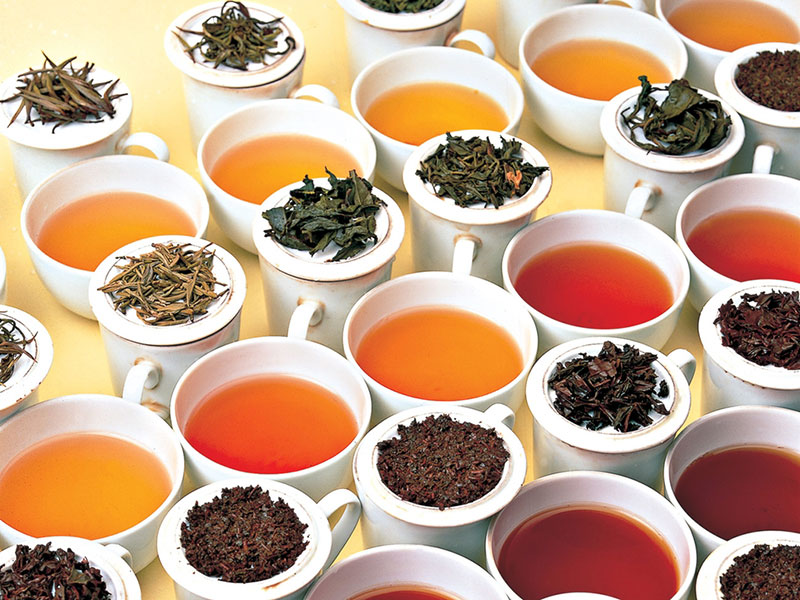
Soft Drinks
Lime juice is excellent. Have it with soda water, but ask for the salt or sugar to be separate. If not, you could be in for a serious sugar hit. Indian restaurants and sweet shops are a good spot for a lassi (yoghurt drink). Ginger beer is an old-school, very British option, offering refreshment with a zing – look out for the Elephant or Lion brands. Thambili (king coconut) juice still in the husk can be found on sale at roadside stalls everywhere.
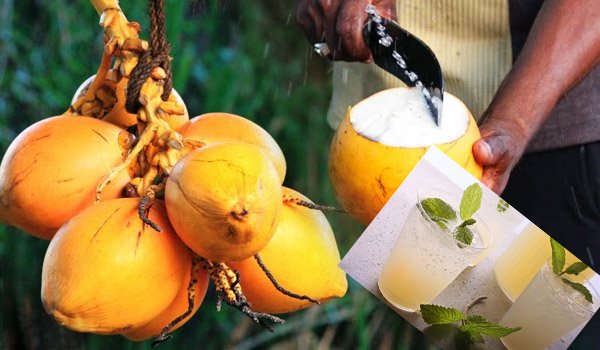
Beer
Locally brewed Lion Lager is a crisp and refreshing brew that is widely sold. Lion also sells a very good stout (also known as Sinha Stout) with coffee and chocolate flavours, though it’s lethal at 8.8% alcohol. Three Coins and Anchor are less delicious local lagers. The licensed versions of international brands like Carlsberg and Heineken are also available.
Craft beer is available in Colombo, but very rare elsewhere.
Toddy & Arrack
Toddy is a drink made from the sap of palm trees. It has a sharp taste, a bit like cider. There are three types: toddy made from coconut palms, toddy from kitul palms and toddy from palmyra palms. Toddy shacks are found throughout the country, but are very much a male preserve. Arrack is a fermented and (somewhat) refined toddy. It can have a powerful kick and give you a belting hangover. The best mixer for arrack is the local ginger ale.
